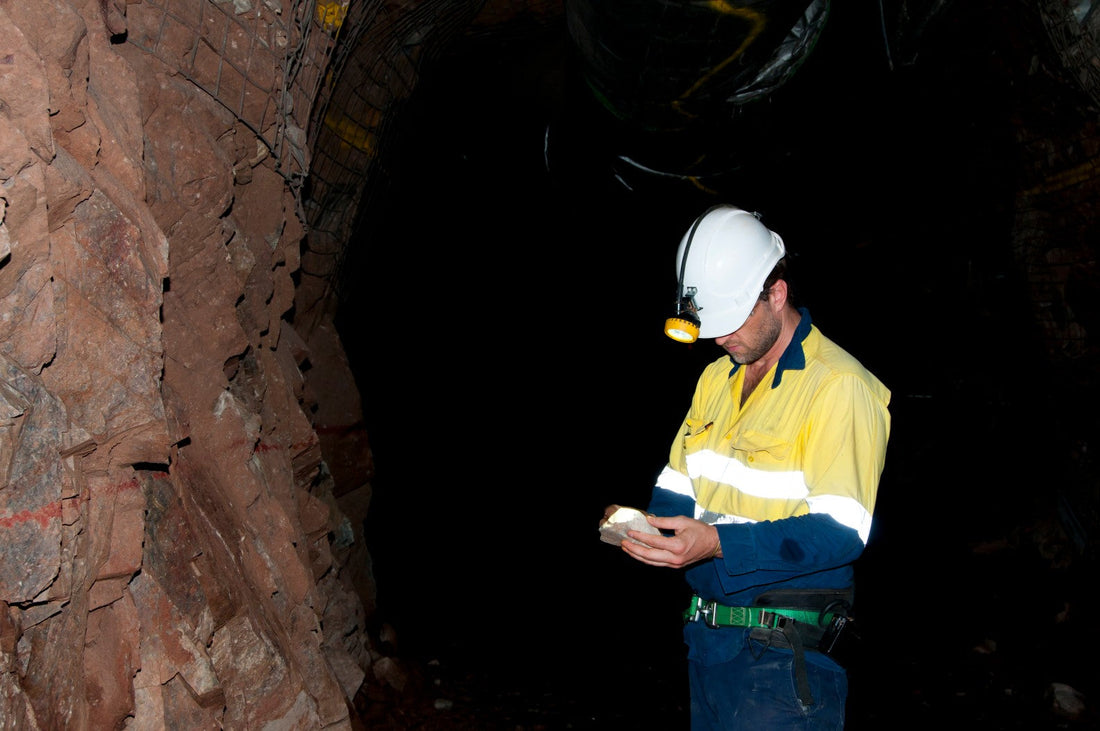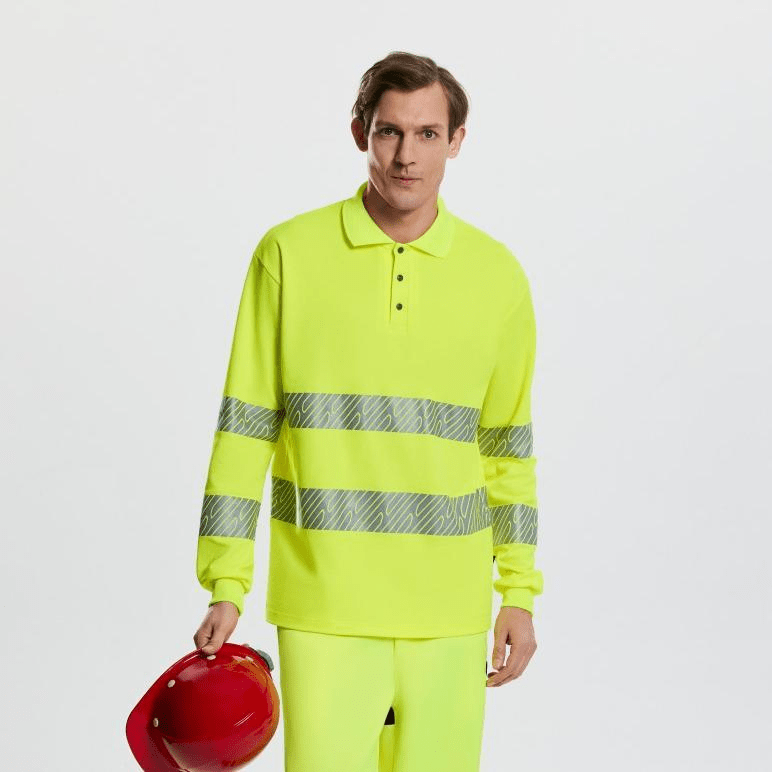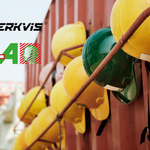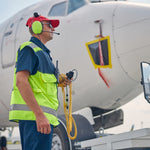Introduction
Workplace safety is a top priority in any environment where workers are exposed to potential hazards. High-visibility clothing is more than just bright fabric—it’s an essential safety measure that helps prevent accidents by making workers easily visible in low-light or high-risk situations.
But there’s a common oversight many workers make: assuming that one size fits all. Even the most durable hi-vis workwear will fail to provide proper protection if it doesn’t fit correctly. Ill-fitting garments can restrict movement, reduce comfort, and compromise safety. This applies to everything from hi-vis vests and hi-vis t-shirts to mens work shirts worn in demanding jobs.
In this guide, we’ll break down everything you need to know about sizing and fit for hi-vis workwear, share practical tips, and explain how to choose garments that balance safety, comfort, and mobility.
Why Fit Matters in Hi-Vis Workwear
Fit is crucial for several reasons:
-
Safety: Loose clothing can snag on machinery or tools, while tight clothing can limit movement, causing strain or even injury.
-
Visibility: Properly fitted hi-vis workwear ensures that reflective tape remains visible from all angles. Poor fit can obscure stripes or cause folds that reduce visibility.
-
Comfort: Workers spend hours on their feet, lifting, bending, or stretching. Clothing that doesn’t fit well can lead to fatigue, distractions, and lower productivity.
-
Efficiency: Well-fitted garments allow for full range of motion, enabling workers to perform tasks more effectively without constant adjustment.
For instance, a hi-vis vest worn by a traffic management worker needs to stay in place even while reaching or twisting. Similarly, hi-vis t-shirts used in warehouse operations should allow free arm movement to handle packages and equipment safely.
Understanding Hi-Vis Sizing
Standard Sizing Measurements
Hi-vis workwear usually follows standard sizing charts, but sizes can vary between brands or countries. Key measurements include:
-
Chest: Measure around the fullest part of the chest, keeping the tape snug but not tight.
-
Waist: Measure at the natural waistline.
-
Shoulder Width: From shoulder seam to shoulder seam, ensuring the garment aligns with your body frame.
-
Sleeve Length: From shoulder seam to wrist; important for long-sleeve work shirts.
-
Overall Length: Ensures coverage, particularly for vests that must extend over jackets or base layers.
These measurements are essential for finding mens work shirts or hi-vis t-shirts that provide both safety and comfort.
How to Measure Yourself Correctly
- Use a flexible measuring tape.
- Measure over light clothing, not bulky jackets.
- Keep the tape snug but not compressing the body.
- Account for layering: if you wear a thermal shirt underneath, consider sizing slightly larger.
- Compare your measurements with the brand’s sizing chart.
Accurate measurements help reduce the risk of purchasing the wrong size and ensure your hi-vis vest fits properly.
Fit Types and Their Uses
Hi-vis workwear generally comes in several fit types:
-
Regular Fit: Standard sizing for most body types. Comfortable for general tasks in warehouses, offices, or outdoor sites.
-
Relaxed Fit: Offers extra room for movement, ideal for physically demanding jobs that involve bending, lifting, or twisting.
-
Slim Fit: Closer-fitting style for workers seeking a neat appearance; best suited for low-movement tasks.
Each fit type has its advantages depending on your specific work environment. For example, a warehouse worker may prefer a relaxed hi-vis t-shirt for maximum mobility, while office-based safety personnel may choose a regular fit work shirt for men.
Tips for Choosing the Right Size
-
Measure First: Don’t assume your usual size fits—always check sizing charts.
-
Consider Layering: If you wear additional layers underneath, select a size that accommodates this comfortably.
-
Check Adjustability: Many hi-vis vests include Velcro or buckle adjustments for a custom fit.
-
Prioritize Comfort: Ensure full range of motion without pinching at shoulders, chest, or waist.
-
Read Reviews: Feedback from other users can highlight how a brand’s sizing runs compared to standard charts.
-
Try Before You Buy (If Possible): Physical fitting helps avoid issues like tight sleeves or short torso coverage.
Proper selection of size and fit ensures safety, comfort, and confidence on the job.
Common Mistakes to Avoid
Even experienced workers sometimes make sizing mistakes. Avoid these pitfalls:
-
Choosing Too Small: Restrictive clothing reduces mobility and can cause fatigue.
-
Choosing Too Large: Extra fabric can get caught in machinery, posing safety risks.
-
Neglecting Sleeve or Body Length: Short sleeves or cropped vests compromise visibility and protection.
-
Ignoring Shrinkage: Fabrics may shrink slightly after washing, so sizing up might be necessary.
-
Overlooking Adjustability Features: Some garments have straps or fasteners that improve fit—don’t ignore them.
Addressing these common mistakes will help maximize the effectiveness of your hi-vis workwear.
Maintaining Your Hi-Vis Workwear
Proper care extends the life of your hi-vis workwear and ensures reflective elements remain effective:
- Wash according to manufacturer instructions, typically in cold water with mild detergent.
- Avoid bleach or harsh chemicals, which can damage reflective tape.
- Hang dry or tumble dry on low heat to prevent shrinking.
- Inspect garments regularly for wear, damage, or fading reflective stripes, and replace items as needed.
Taking care of your hi-vis clothing ensures it continues to protect you on the job for years to come.
Enhancing Safety and Comfort
In addition to choosing the right size, consider additional factors that improve comfort and safety:
-
Breathability: Fabrics that wick moisture help regulate body temperature.
-
Stretch and Flexibility: Materials that move with your body reduce restrictions.
-
Layering Capability: Proper fit allows easy layering for cold weather without restricting movement.
-
Reflective Placement: Ensure reflective stripes are unobstructed by folds or accessories.
These small considerations, combined with correct sizing, make a significant difference in everyday performance.
Conclusion
Selecting the right size and fit in hi-vis workwear is crucial for workplace safety, comfort, and efficiency. Properly fitted hi-vis vests, hi-vis t-shirts, and mens work shirts allow for maximum mobility, maintain visibility, and help prevent accidents.
At WERKVIS, our hi-vis workwear is designed with precise sizing, adjustable features, and high-quality materials to ensure every worker is both comfortable and protected. Explore our range of hi-vis vests, t-shirts, and work shirts for men to find the perfect fit for your workday. With the right sizing and fit, your hi-vis workwear can do its job: keeping you safe, comfortable, and confident from the first shift to the last.













